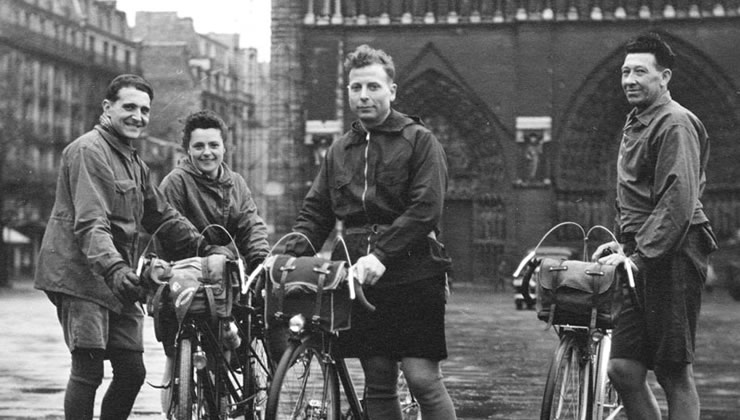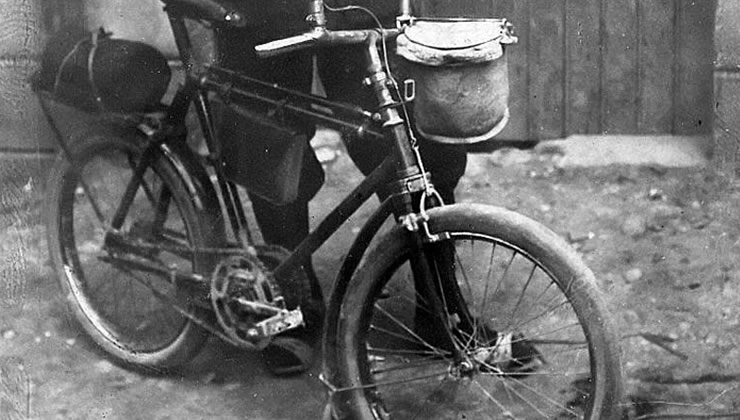The Randonnée: Ramble Versus Race
With the start of the Tour De France, the pinnacle of bicycle racing, the media world is ablaze with stories related to the sport and it’s rich history. Listening to All Things Considered over the weekend, my ears perked when they did a short segment on the peculiar second cousin to the Tour—the randonée.
Also known as a brevet, the randonnée is a long-distance ride that’s more about the journey than the finish. Although there is no direct translation, the randonée is defined as a ramble, or ride in the countryside where riders attempt to cross a long-distance (usually over 200 kilometers) with no outside support and an emphasis on distance, self-sufficiency and camaraderie. Randonneuring has its roots in audux cycling, an Italian endurance sport of the late nineteenth century, where participants ride in a tight-knit group and there is a predefined time limit to cover a long distance. The most famous brevet, the Paris-Brest-Paris, is a 1,200 kilometer route completed over 90 hours straight. As Angela Evancie of NPR states, ‘For its practitioners, called randonneurs, it’s easier to define by what the event isn’t. A race.’
At the end of the 19th century Paul de Vivie (Vélocio), known as the father of bicycle touring, was challenged by a friend to ride his bicycle 100 km up to the mountain resort of Chaise-Dieu in southern France. He later wrote, as publisher of Le Cycliste, that the peace, adventure and fresh air of the countryside changed his life. It was this school of thought that created cyclotouring and spawned randonneuring. Around the turn of the century, randonneuring was an amateur’s sport—a bourgeois hobby far removed from cycle racing, which was a working-class endeavor with the promise of prize money as a way out of the factory or mine for winners. It was the joy and challenge of riding in the mountains that led to the rondonneuring, and ultimately to Vélocio’s invention of the derailleur.

Although still popular, mostly in France, the brevet de randonneur is catching on in the USA. Organized by Randonneurs USA, with membership up over 260%* over the last decade, there are several hundred events scheduled nationwide this year. The rules are fairly simple although there is a series of qualifying rides that must be achieved before doing a larger 90 hour /1,200k randonée. Typically the 200, 400, 600 or 800 km rides involve several checkpoints where your brevet card is stamped. There is a pre-defined time period and participants are not permitted to gain outside support. There are no winners in brevets and riders mustn’t arrive at checkpoints ‘early’, or before they open. In essence, it is a group of cyclists each alone on a course, yet sharing the same fresh air, struggle and accomplishment.

What I find interesting about the brevet is the focus on route navigation, endurance and self-sufficiency—what originally drew me to bicycle touring is the same set of attributes that created the randonnée. I have always gravitated to events that are a little more about adventure and camaraderie than pitting myself against a field of competitors. Lucky for me there are events like the Urban Assault Ride, PMBAR, and the historic randonnée.

More information:
- All Things Considered Radio Segment
- Randonneurs USA
- Vélocio’s Seven Commandments of Cycling
- Bicycle Quarterly Blog – Tour de France: The Unsung Influence of Cyclotourists
*Source: All Things Considered
Please keep the conversation civil, constructive, and inclusive, or your comment will be removed.




























